Introducing heirloomcore
A new version of luxury is on the rise.
Welcome to the launch issue of The So What, a newsletter unpacking what matters in culture, creativity, and brand, brought to you by the incredible minds at Artemis Ward, a strategy and creative agency in Washington, D.C.
I’m Olivia, a senior copywriter at AW and your guide for this monthly column, where we’ll dive into the deeper shifts behind viral moments and what they mean for us. Let’s take the plunge.
Last week, I found myself on Louise Carmen TikTok by way of Claudia Sulewski, a YouTuber and actress who also happens to be dating Finneas. She was unboxing a journal from the French, family-owned brand that’s been gaining a quiet-but-steady following in the TikTok journaling community.
Encased in vegetable-tanned leather, tied together with a customized cord, and decorated with sun and moon charms, Claudia’s Louise Carmen notebook is a Gen Z dream. You can choose its size and leather and cord color, deck it out with the charms of your choosing, and even engrave it with your name or monogram.
“As you fill up your journals, you can just swap them in and out, and you hold onto this cover forever,” Claudia explains. “It’s meant to be this, like, lifetime journal portfolio where everything is in one place.”
Pretty, I thought. Then, I scrolled. But, over the course of a few days, I started seeing Louise Carmen TikToks everywhere.
 Tiktok failed to load.
Tiktok failed to load.Enable 3rd party cookies or use another browser
So, naturally, like anyone who’s experienced the pull of TikTok influence, I had to look up Louise Carmen for myself. The business has 136,000 followers on Instagram and 106,000 on TikTok, where some videos have racked up over one million views. Their bio boasts, “OUR NOTEBOOKS CHANGE YOUR LIFE.”
Then, I took a peek at their website. With prices starting at €129 and climbing to almost €300, depending on what size you’d like and how much personalization suits your fancy, I realized something. In many ways, the Louise Carmen notebook perfectly represents the current state of luxury. The idea, I mean. Not the market.
Allow me to explain.
Everyone remembers that scene in The Devil Wears Prada where Andy (Anne Hathaway), fresh from a classic movie makeover, struts into the Runway offices sporting glossy hair, freshly trimmed bangs, and head-to-toe Chanel. Her colleagues, Emily (Emily Blunt) and Serena (Gisele Bündchen), look her up and down before reluctantly asking:
That’s the idea of luxury: owning (and flaunting) a status symbol and being recognized for it. And, for the longest time, those in-the-know status symbols were inextricably linked to an established designer brand. (Andy’s boots aren’t just any boots — they’re Chanel boots.) But the days of “designer” equaling “luxury” — and vice versa — are slowly fading.
The luxury market is in flux — and no, I’m not just talking about tariffs. Despite Black Friday sales hitting an all-time high last year, the S&P Global Luxury Index has dropped by more than 20%, according to the Economist. With luxury prices going up and quality going down, many people are opting for dupes — or even, as Magasin reports, “reverse dupes," higher-quality replicas of “cute, cheap stuff” from brands like Zara or Aritzia that won’t “fall apart at the touch.”
As fewer people can afford luxury — and more of those who can are questioning whether it’s worth it — luxury brands are rethinking how they can stay relevant in a market that no longer plays by old rules. Prada just bought Versace. Louis Vuitton is partnering with Pat McGrath, makeup artist and cultural figure, to launch a beauty line. And even Miu Miu, one of the most popular luxury brands that has been “defying” the market slowdown, is launching a fragrance line of its own this spring.
But even though the market is in flux, the idea of luxury is thriving. And Louise Carmen notebooks prove it. At risk of sounding chronically online, enter what I’m calling heirloomcore, a new sector of luxury for audiences equal parts idealistic and practical. Heirloomcore items aren’t just “little luxuries” like a $115 Diptyque candle or a $430 dachshund bag charm — they’re items that feel intentional, personal, and precious. They’re:
High-quality, if not handmade
Customizable
Presented as a “keepsake” or “heirloom”
Popular on social platforms, but not ubiquitous IRL
Just expensive enough to make you think twice — but not feel guilty about clicking “buy” anyway
Louise Carmen notebooks check every box — and the fact that they’re already being duped only underscores their cultural currency. But they’re far from the only heirloomcore item reshaping what “luxury” looks like now. Consider Cosa Ceramica’s $120 Eternal Note, a now sold-out delicate ceramic dish molded to mimic a gently worn letter. Customers send in a handwritten message — a love note, an old birthday card — and find it transformed from “a fleeting moment into a lasting keepsake.” The Eternal Note restock announcement received over 1.5 million views on TikTok, with over a thousand comments ranging from “Lovely treasures” to “This is so beautiful it brought me to tears.”
Then there’s Guerlain’s Rouge G lipsticks. Yes, Guerlain is owned by LVMH, but the French beauty and skincare brand has retained its quality and standards — and Rouge G goes further than most designer makeup. With twenty-four shades to choose from and ornate cases that can be engraved, studded, or bedazzled, each lipstick is, as its product description reads, “intended to be refilled, kept, and passed on.” Even the Art Deco packaging plays into the heirloom fantasy: a “secret” double-mirrored compact with the gravitas of a family locket. With a customized case priced at $38 and the lipstick itself at $42, you’re looking at an $80 product, but that doesn’t seem to have deterred anyone.
 Tiktok failed to load.
Tiktok failed to load.Enable 3rd party cookies or use another browser
While these products may not all come from mainstream luxury houses, they tap into the same instincts that made “luxury” aspirational in the first place: beauty, identity, and permanence — with a layer of emotional depth traditional brands seem to have strayed away from.
The So What
Heirloomcore demonstrates that, like anyone else, Gen Z wants to be able to show something off. But flaunting an “it” item isn’t enough — not for a generation fatigued by fast fashion, skeptical of legacy brands, and hyper-aware of both economic and environmental precarity. When trend cycles last two weeks and yesterday’s it-item becomes today’s clearance tab, luxury isn’t just what’s in right now; it’s what could sit on a shelf or a desk or in a memory box for years to come — still intact, still meaningful. Heirloomcore achieves both present and future aspirations, offering the thrill of showing something off and the comfort of knowing it might still matter if your child wanted it a few decades from now. It’s “look what I found” meets “this will outlast me.”
Sound familiar? It’s what “luxury” has always been. But now, it exists outside fashion houses and heritage brands, editors and exclusivity lists — it’s unfolding in comment sections, on Etsy scrolls, and through TikToks that start with “this is so niche.” (It’s never that niche.) To be clear, the luxury market isn’t going anywhere, but it also no longer lays the sole — or even dominant — claim on luxury as an ideal.
And that means that anyone, brand or small business, has the potential to be a luxury. If you offer quality, personalization, and sentimentality, you can create a Chanel boots moment of your own — just ask Louise Carmen.
🏆 Artemis Ward was nominated for a Shorty Award! Vote for our campaign here.
✉️ And, if you haven’t yet subscribed, click the link below so you don’t miss a thing.



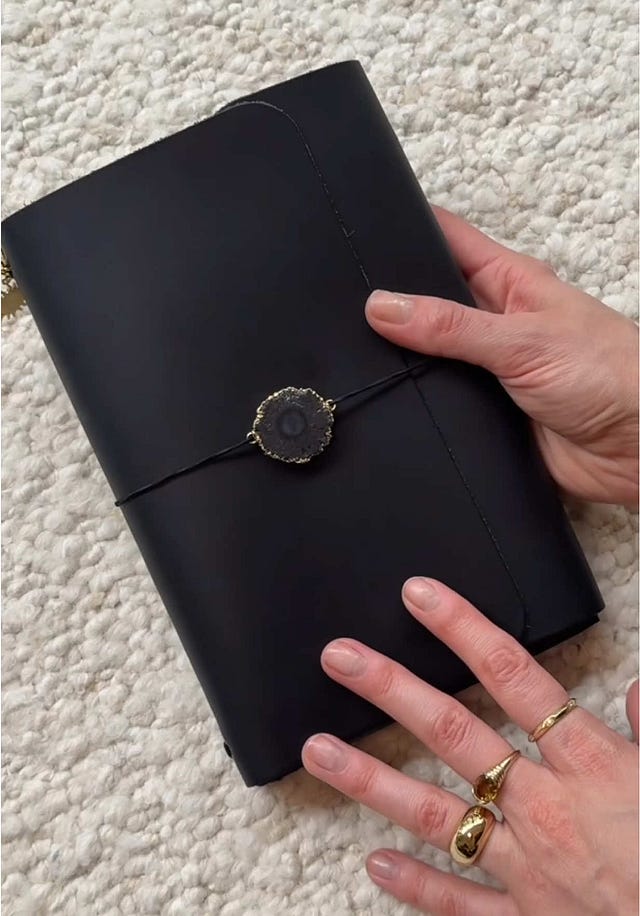
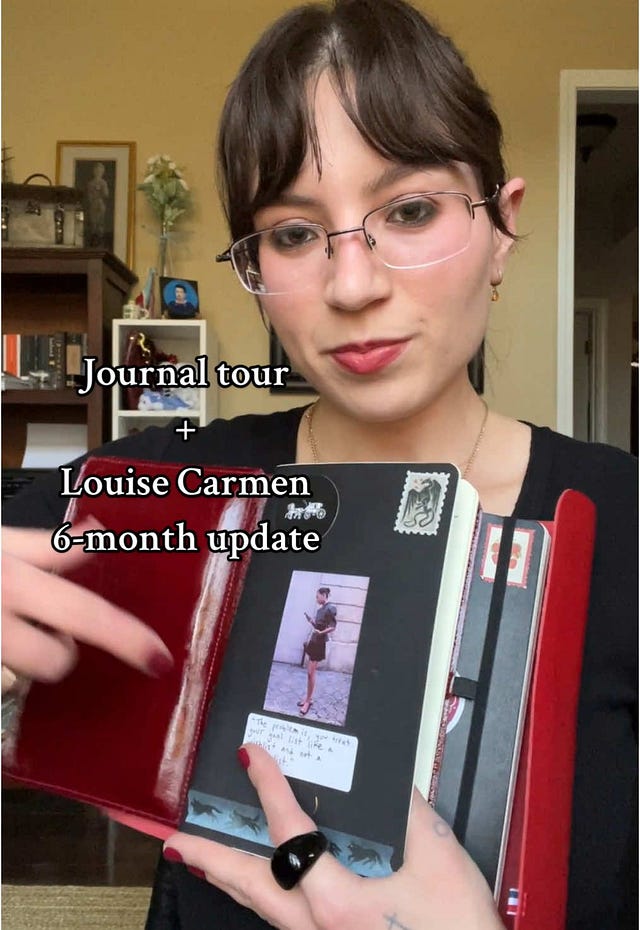
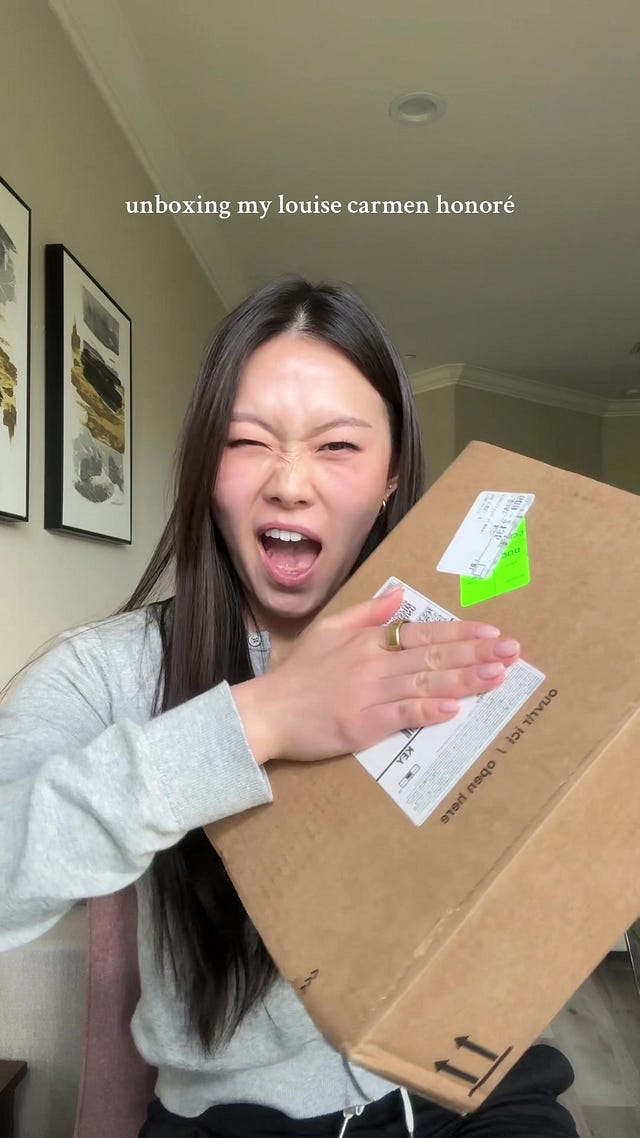

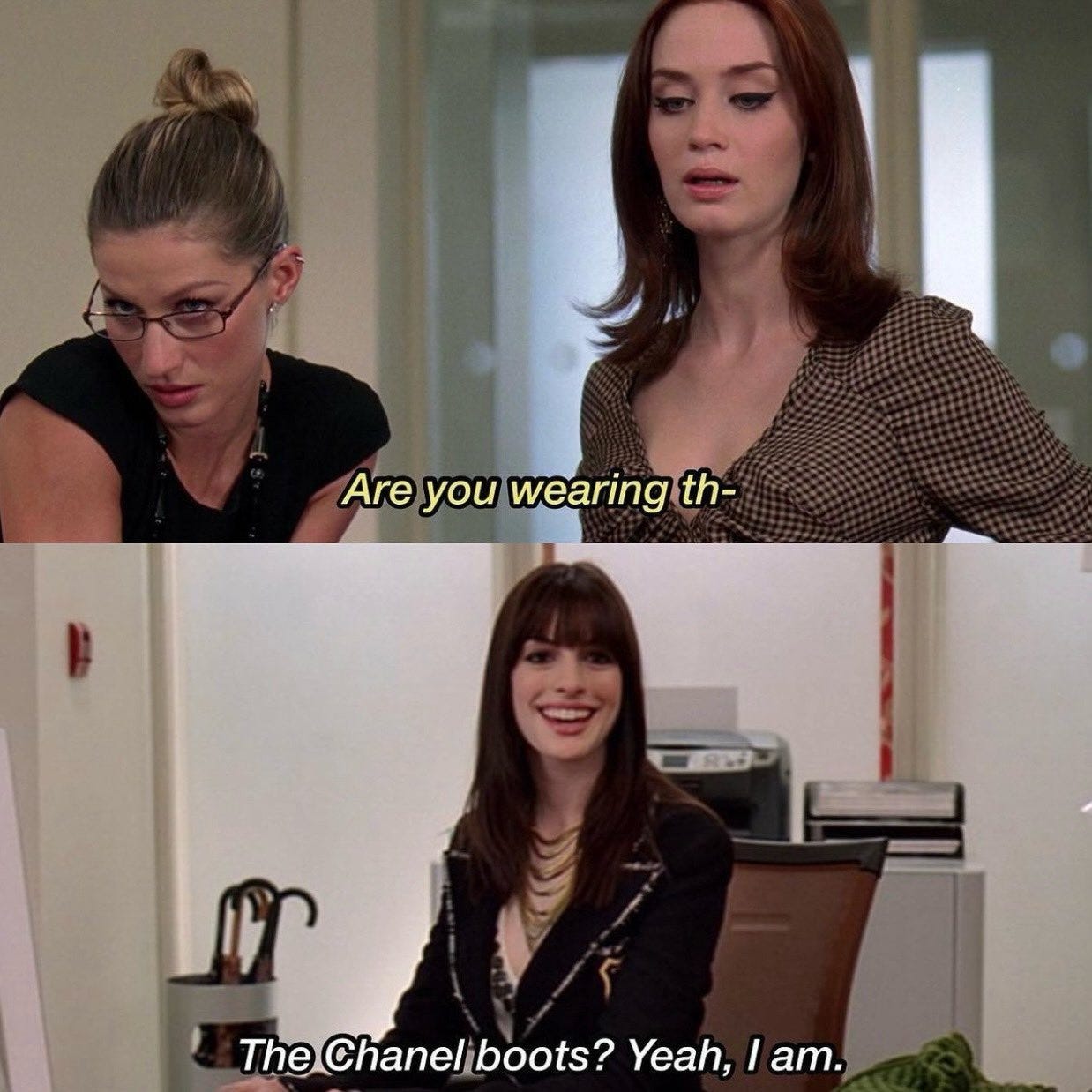
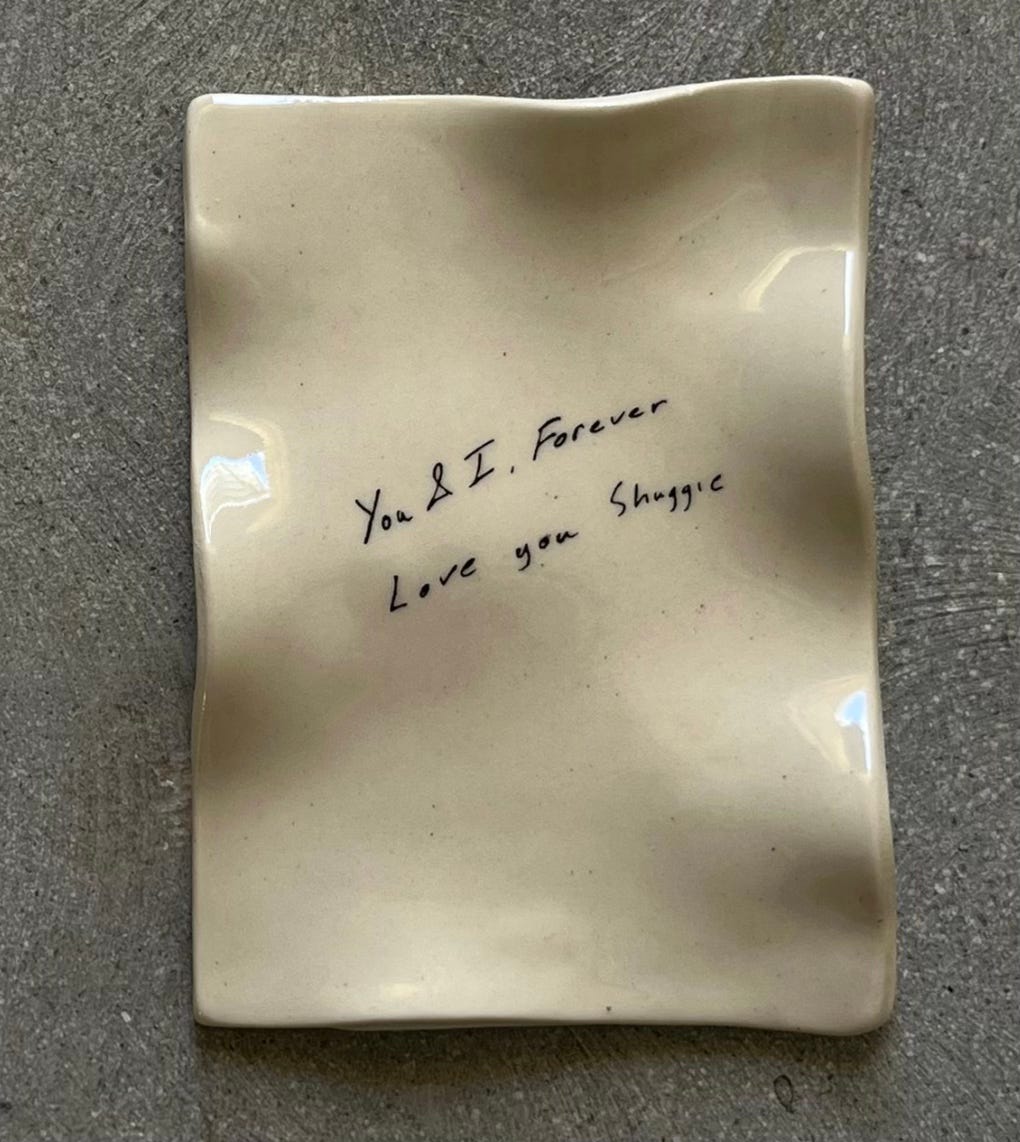

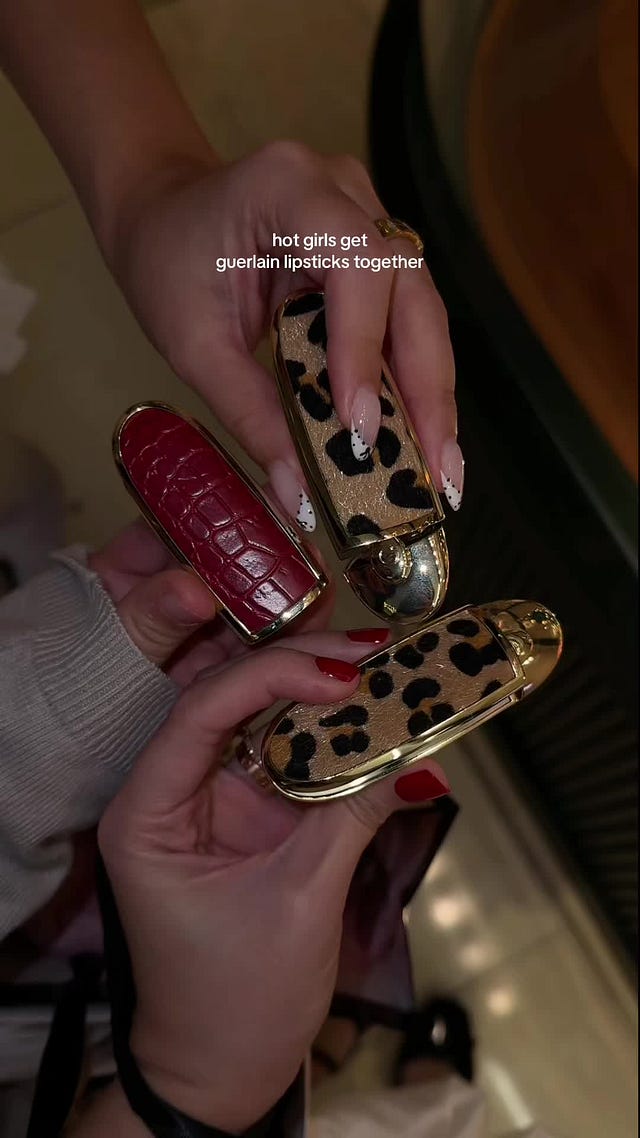

Ha! I went to Paris this past fall and a Louise Carmen notebook was my souvenir of choice. Well stated as 'heirloomcore.'
"Heirloomcore," what a great term!